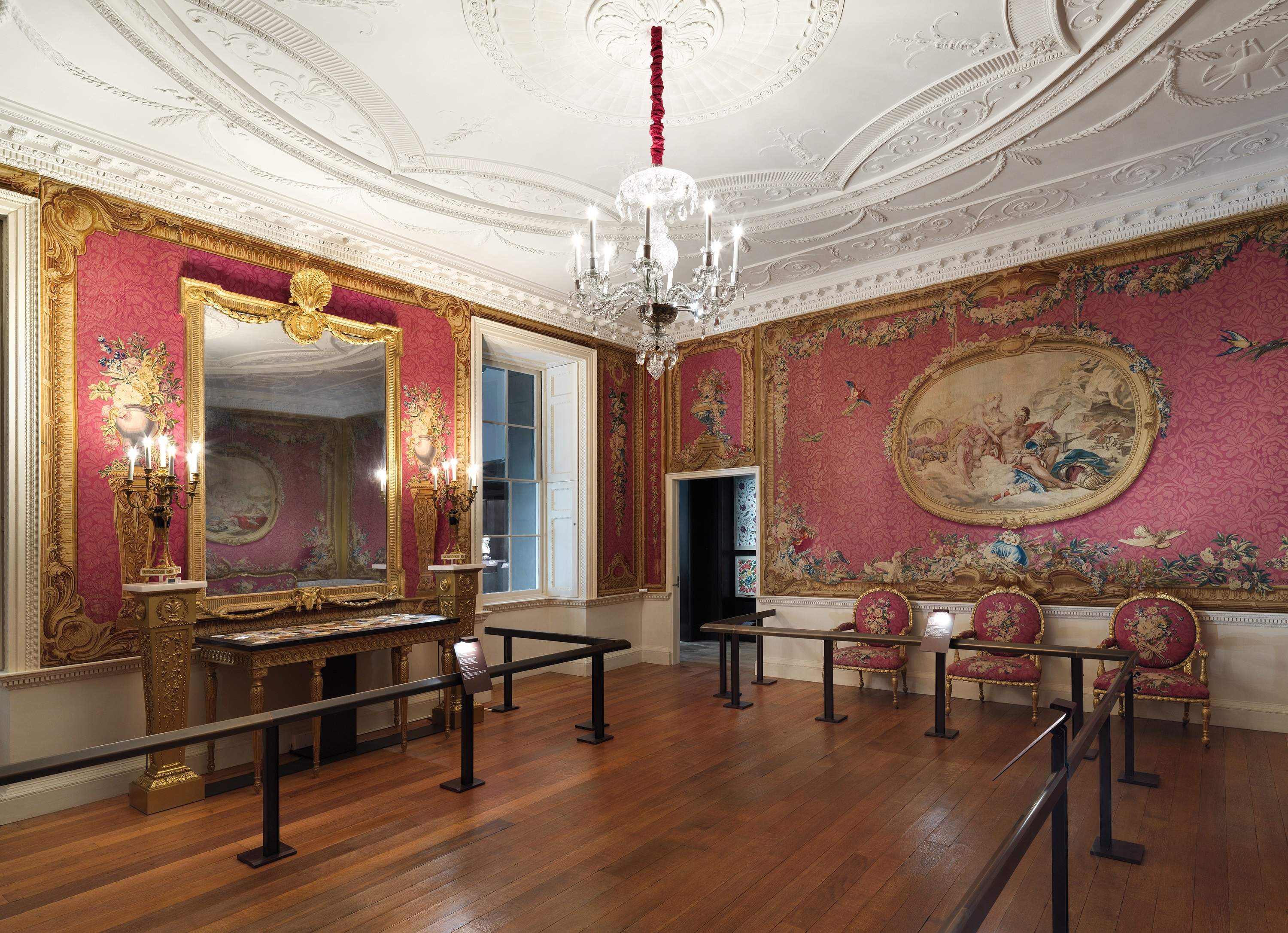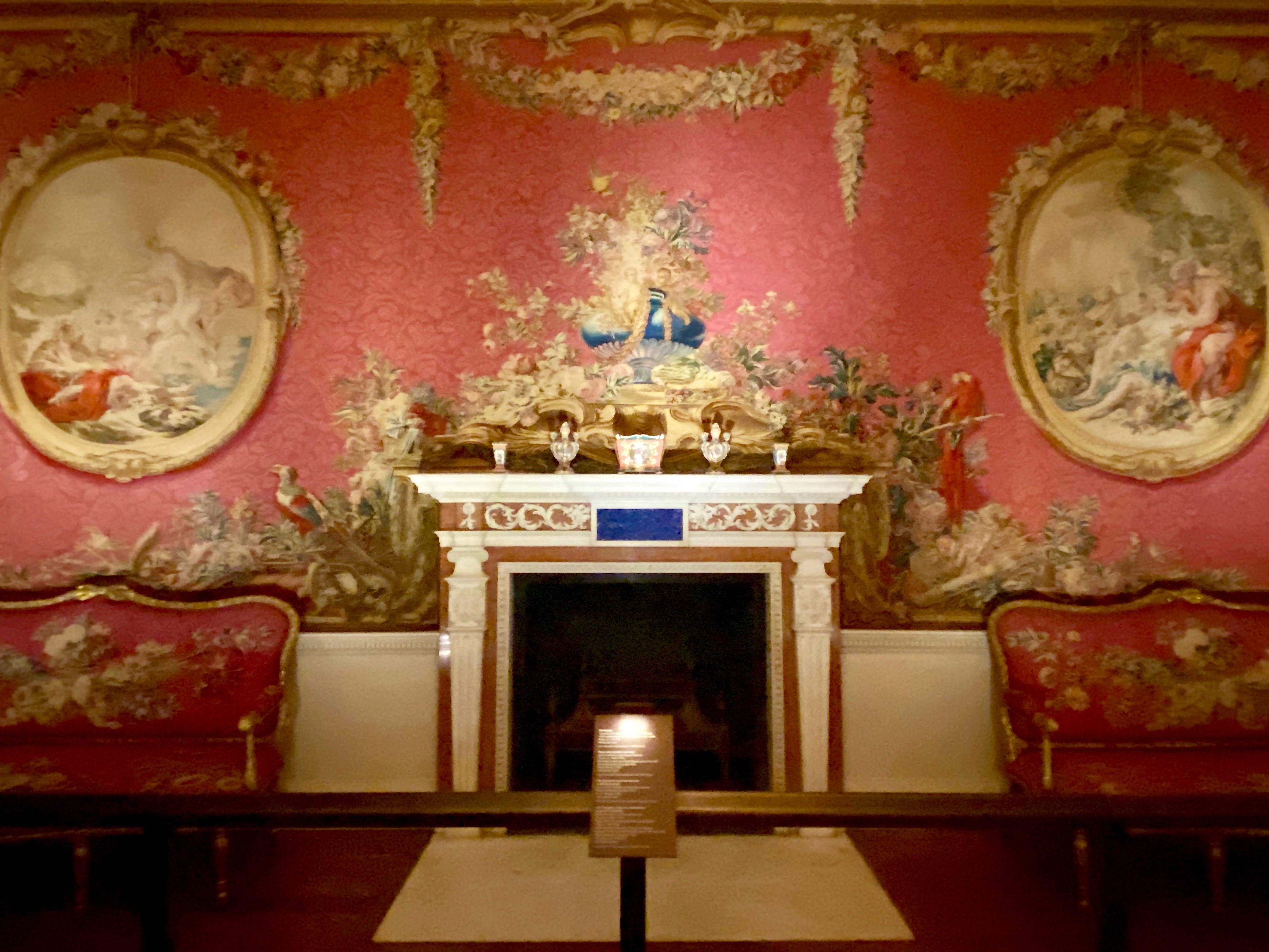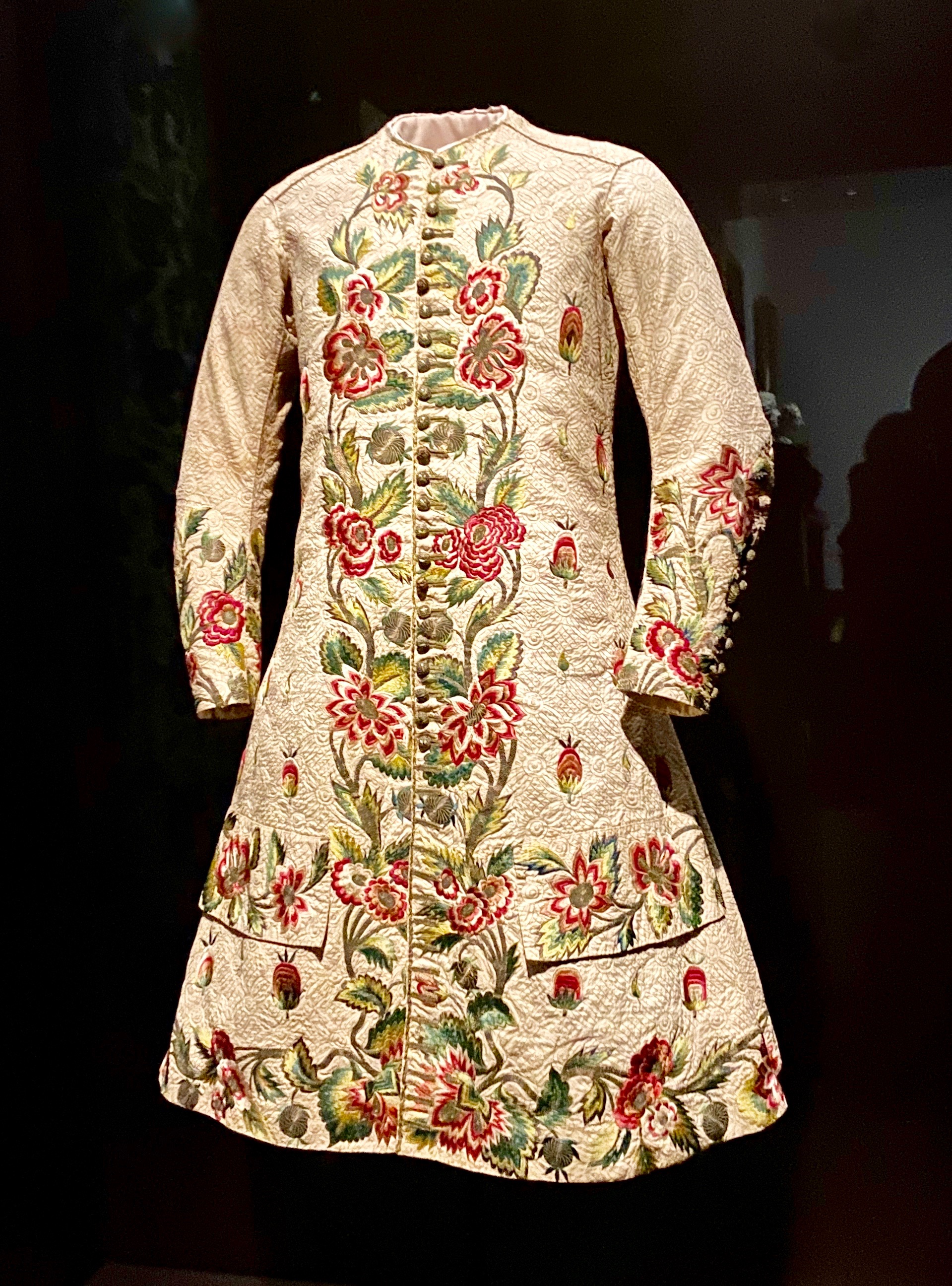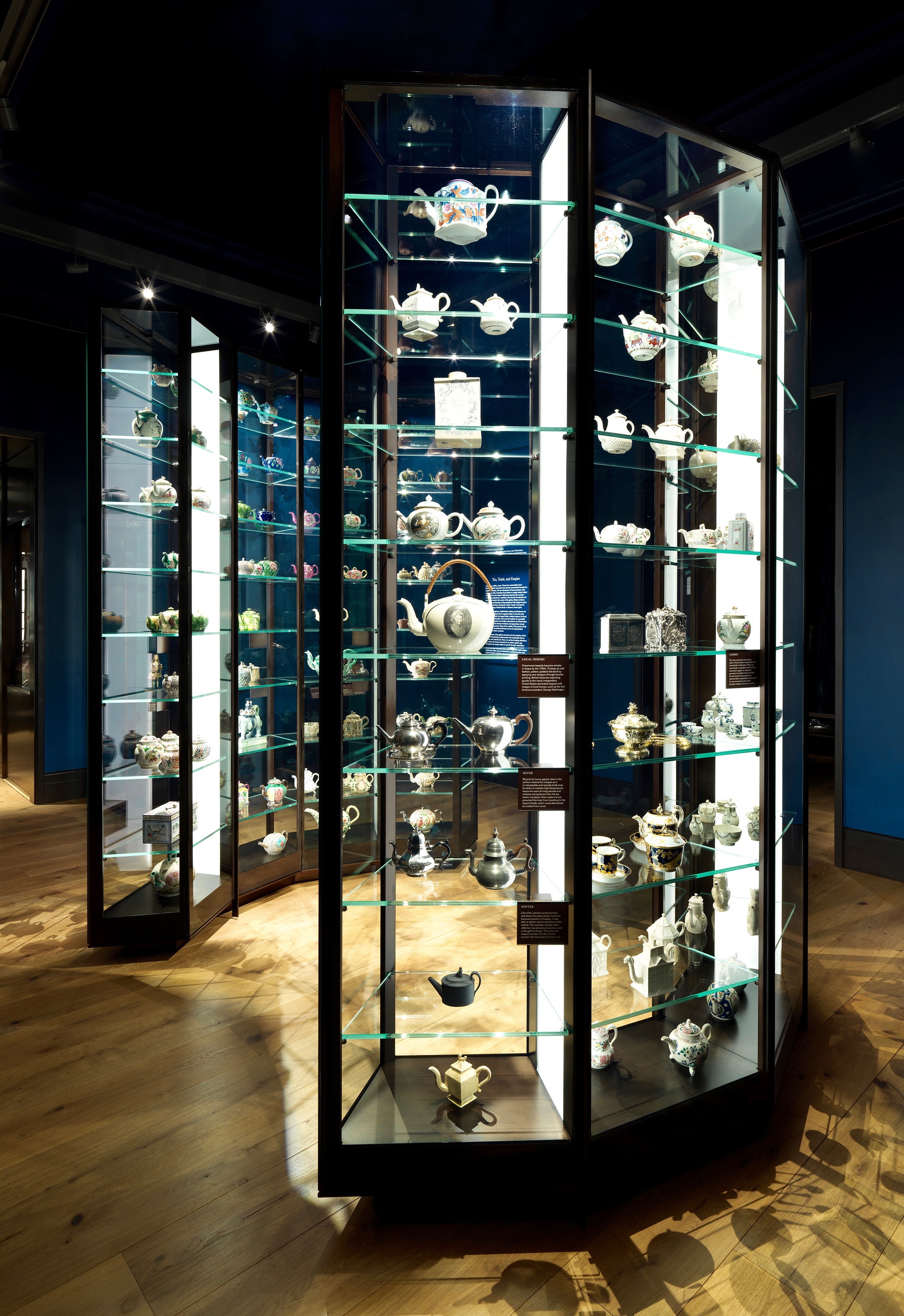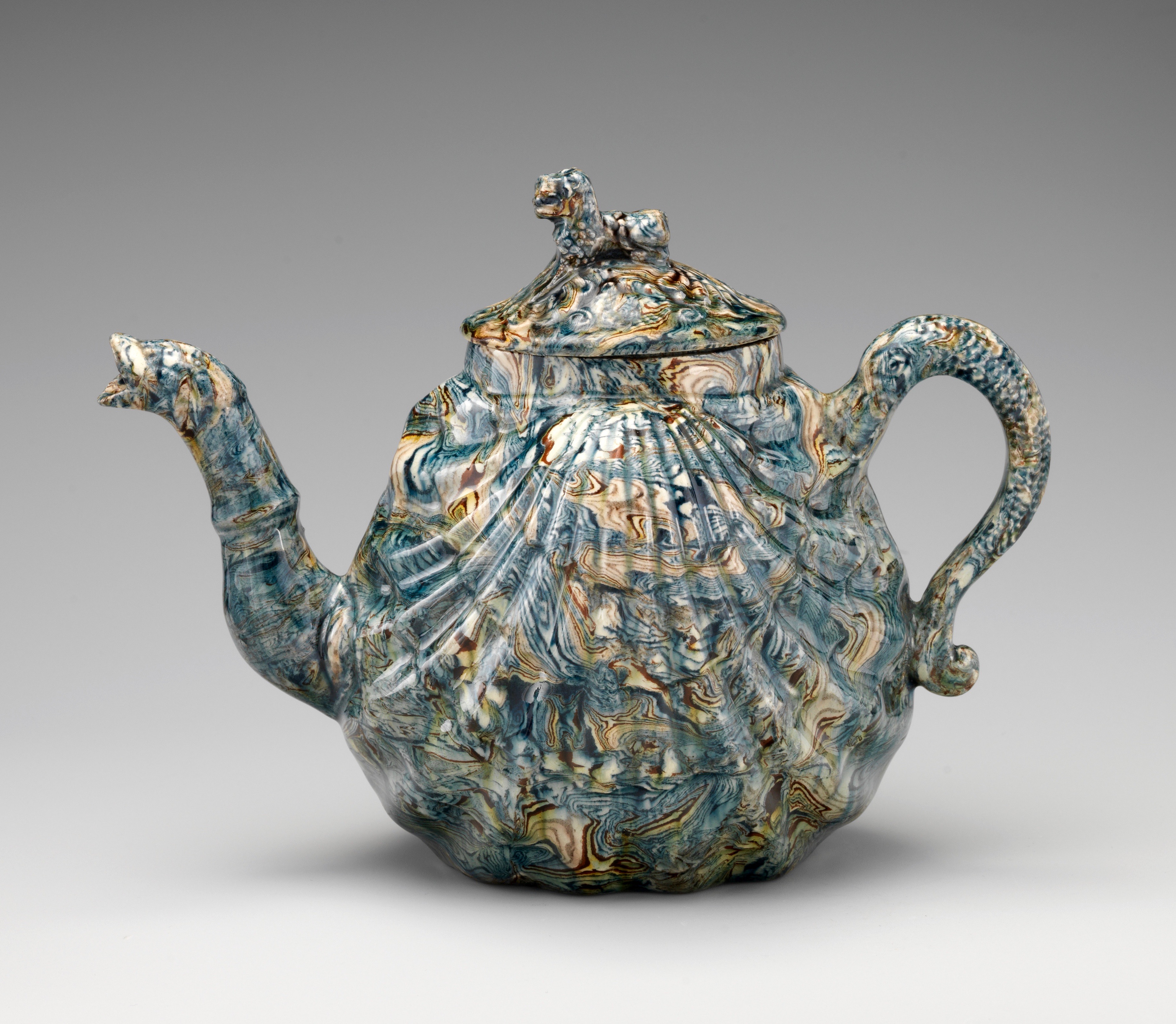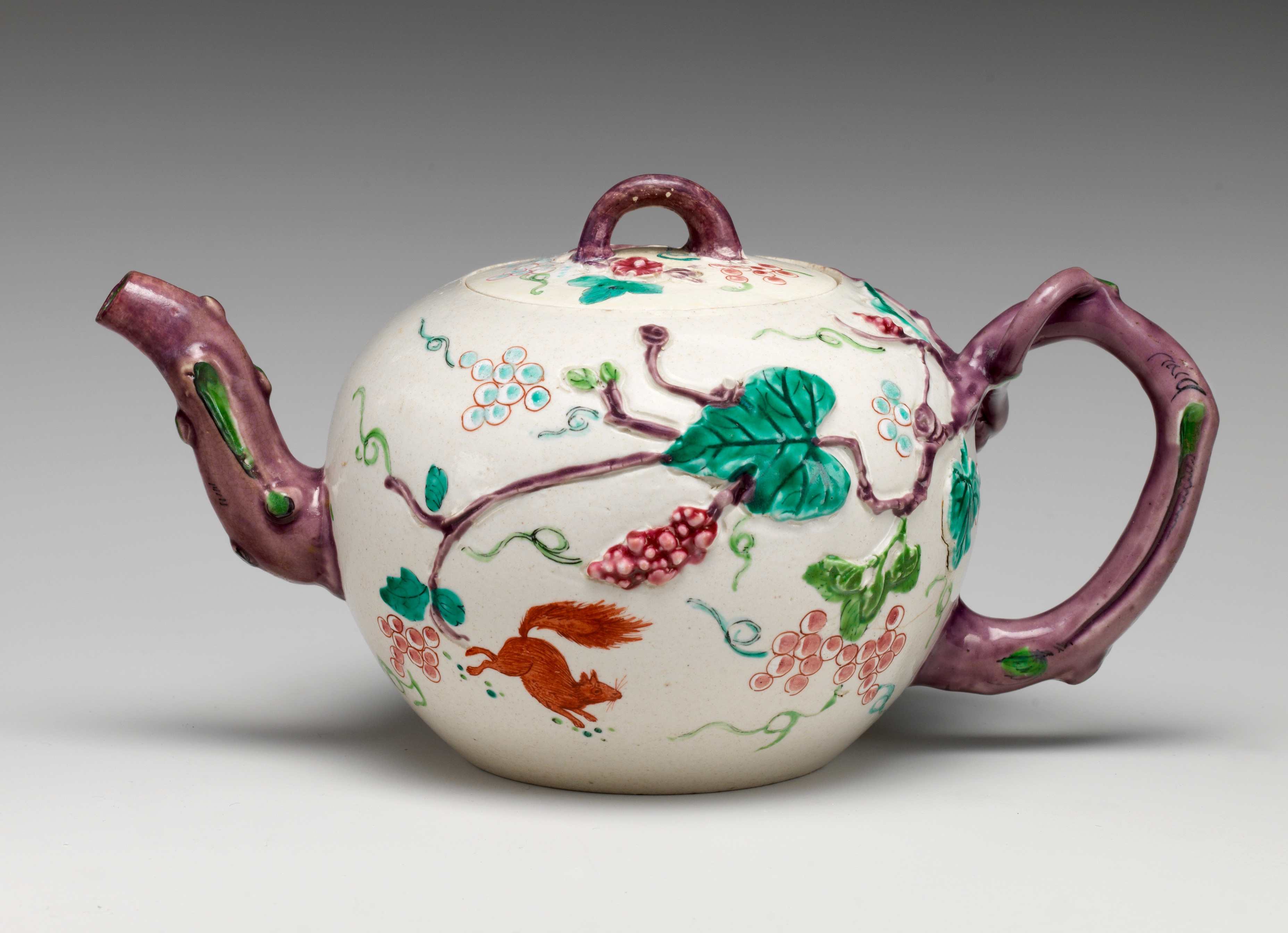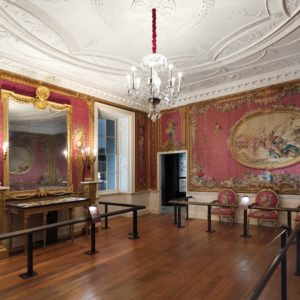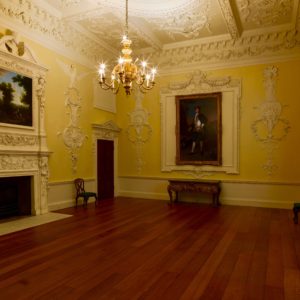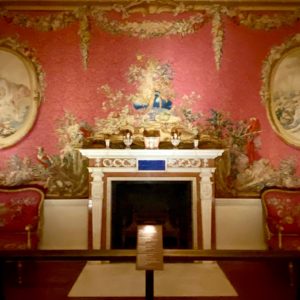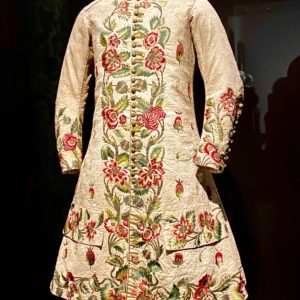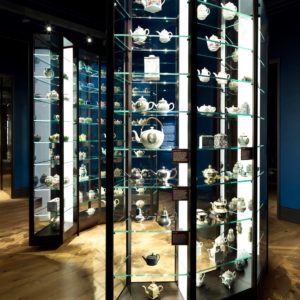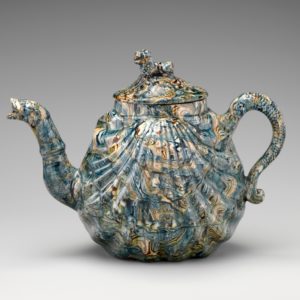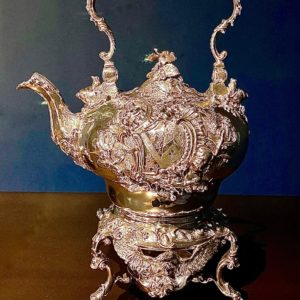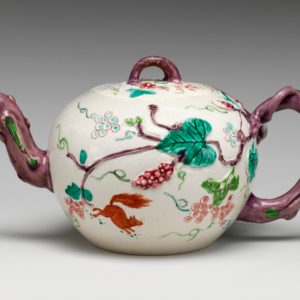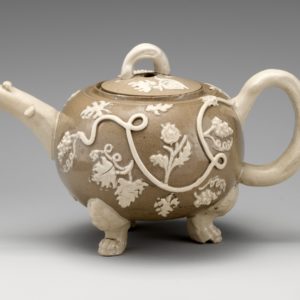The Met’s Renovated Galleries for British Decorative Arts and Design to Open on March 2, 2020.
Having attended a preview of the new British Galleries, they will be a welcomed new installation that will no doubt become a star attraction for all who visit the Met.” Ellen Easton
The reopening of the British Galleries is a highlight of The Met’s 150th-anniversary year.

Through nearly 700 works created between 1500 and 1900, the suite of 10 galleries offers a fresh perspective on Britain’s entrepreneurial spirit and complex history.
A highlight of The Metropolitan Museum of Art’s 150th anniversary in 2020 is the opening, on March 2, of the Museum’s newly installed Annie Laurie Aitken Galleries and Josephine Mercy Heathcote Gallery—11,000 square feet devoted to British decorative arts, design, and sculpture created between 1500 and 1900. The reimagined suite of 10 galleries (including three superb 18th-century interiors) provides a fresh perspective on the period, focusing on its bold, entrepreneurial spirit and complex history. The new narrative offers a chronological exploration of the intense commercial drive among artists, manufacturers, and retailers that shaped British design over the course of 400 years. During this period, global trade and the growth of the British Empire fueled innovation, industry, and exploitation. Works on view illuminate the emergence of a new middle class—ready consumers for luxury goods—which inspired an age of exceptional creativity and invention during a time of harsh colonialism.
The British Galleries are reopening with almost 700 works of art on view, including a large number of new acquisitions, particularly works from the 19th century that were purchased with this project in mind. This is the first complete renovation of the galleries since they were established (Josephine Mercy Heathcote Gallery in 1986, Annie Laurie Aitken Galleries in 1989).
A prominent new entrance provides direct access from the galleries for medieval European art, creating a seamless transition from the Middle Ages to the Renaissance. A 17th-century staircase with exquisite naturalistic carvings—brought to The Met in the 1930s from Cassiobury House, a now- lost Tudor manor—has been meticulously conserved and re-erected in the new galleries. Three magnificent 18th-century rooms from Kirtlington Park, Croome Court, and Lansdowne House have been transformed by new lighting and painstaking conservation and remain at the heart of the galleries.
“The Met’s extraordinary collection of British decorative arts is unparalleled on this side of the Atlantic, and the redesigned galleries will breathe new life into the collection in compelling and unexpected ways,” said Max Hollein, Director of The Met. “Especially on the occasion of The Met’s 150th anniversary, we are thinking deeply about the stories told in our galleries and how every object on display is an outstanding work of art but also embodies a history that can be read from multiple perspectives: a beautiful English teapot speaks to both the prosperous commercial economy and the exploitative history of the tea trade. The curators have created a new narrative for the galleries that sheds light on four centuries of extraordinary artistic achievement alongside the realities of colonial rule. The result is a thoughtful examination of the British Empire and its astonishing artistic legacy.”
Sarah Lawrence, the Iris and B. Gerald Cantor Curator in Charge of The Met’s Department of European Sculpture and Decorative Arts, said: “This ambitious narrative of bold creativity in an entrepreneurial society will have particular resonance in New York, where historic hubs of manufacture have recently been reinvigorated by new design practices and an innovative economy. The installation will demonstrate that this is a history that remains highly relevant, and that these extraordinary objects speak to us today with genuine eloquence.”
Wolf Burchard, Associate Curator of British Furniture and Decorative Arts and lead curator for the new galleries, added: “One of the main reasons why The Met can justify having galleries of this scale dedicated solely to British art is that it is such an international story. It appears particularly timely to ask oneself the question of how best to convey Britain’s culture of creativity at a moment when the United Kingdom is reassessing its role on the European and global stage. We are reminded that the history of British art is far from an isolated one. For centuries, London’s flourishing economy encouraged the trading of foreign luxury goods and attracted countless artists and craftsmen from abroad, many of whom will be represented in The Met’s new British Galleries. Our aim is to present British decorative arts, sculpture, and design beyond royal and country house patronage, focusing on the ways craftsmen and manufacturers had to think outside the box, how to use new technologies, and how to market themselves. The galleries’ design creates an extremely stimulating new stage for our works of art to perform to their best of abilities and an excellent platform to shed new light on British art.”
The Collaboration
To create a narrative-rich setting that befits The Met’s impressive collection, the Museum collaborated with the design firm Roman and Williams Buildings and Interiors, recipient of the 2018 Sir John Soane Visionaries Award and 2014 National Design Award for Interior Design.
This is the first museum project undertaken by the design firm, whose work—which ranges from homes and hotels to shops and a furniture collection—is characterized by a sensitivity to historical materials, period references, and the use of rich, layered colors. The stimulating partnership between these designers and The Met’s curators appropriately mirrors the collaborative spirit that developed between British designers, makers, and retailers.
The Narrative
From 1500 to 1900, Britain transformed itself from an isolated island nation into a dominant world power. Global trade stimulated wealth, created a cultural and economic elite beyond the aristocracy, broadened local tastes, and introduced new markets to resourceful British makers. Artists, manufacturers, and retailers—men and women—responded vigorously to these opportunities, developing new materials and technologies, adapting European and Asian styles, and taking bold, imaginative risks.
As early as the 16th century, Britain’s international trade produced a new class of professionals with luxury appetites and ready cash, exemplified in the first gallery’s carved oak paneling from Norfolk, commissioned by William Crowe, a merchant from Great Yarmouth. Foreign artisans started to arrive in England as the Protestant Crown sought to compete with the glories of papal Rome and the French courts. These foreigners had more formal training than their English peers, who still operated within the medieval guild system. Florentine Pietro Torrigiano (1472–1528) was just one of the many European artists and craftsmen who made their way across the English Channel and established themselves in Britain. His naturalistically painted terracotta bust, probably representing Cardinal John Fisher (executed for resisting Henry VIII’s Protestant Reformation), has just been conserved and greets visitors in the first gallery.
In the 17th and 18th centuries, the British Empire’s expansion delivered excitement, curiosity, and ruthlessness. A gallery devoted to “Tea, Trade, and Empire” explores the period’s visual exuberance with 100 English teapots displayed in a pair of ten-foot-tall semicircular cases. Presiding over this display is a small but powerful figure of a merchant from 1719, modeled in China by the Cantonese artist Amoy Chinqua (active after 1716). Jaunty, prosperous, and proud, the East India Company entrepreneur who posed for this portrait represents the commercial interests that drove the expansion of the Empire. The goods they brought from China, India, and the West Indies included tea, sugar, coffee, and chocolate, as well as porcelain, cotton, mahogany, and ivory. Produced at great material and human cost, and then transported thousands of miles, these commodities were now affordable for a new middle class. The perimeter of this gallery examines the exploitation of both human and natural resources that accompanied that abundance.
With both the political and monetary power of British monarchs strictly curbed by Parliament, British artisans did not receive the same level of court patronage as their counterparts in Paris, Dresden, and St. Petersburg. Instead, 18th-century design in Britain was shaped by entrepreneurs who had the cleverness, technical expertise, and business acumen necessary to succeed. Nicolas Sprimont (1713–1771) founded the Chelsea Porcelain factory; James Cox (ca.
1723–1800) sold precious table ornaments, some for export to Turkey and China; Josiah Wedgwood (1730–1795) perfected the production of his pioneering pottery, achieving wide distribution within Continental markets; and Matthew Boulton (1728–1809) brought engineering skills to the manufacture of elaborate metalwork. All of these businessmen employed designers in the modern sense of the word: master sculptors, painters, architects, and draftsmen of immense skill and visual sophistication.
The final section of the galleries explores the massive shifts in scale, pace, and taste brought about by the Industrial Revolution during the 19th century. Once again, aesthetic and commercial priorities adapted to an immense new world of methods and customers. A highlight of this section are works acquired specifically for the new galleries, including a stunning marble portrait bust of literary giant Mary Shelley by Camillo Pistrucci, as well as objects by the visionary designer Christopher Dresser (1834–1904) that highlight his limitless creativity and mastery of industrial manufacturing in practically any medium imaginable. Examples by the great Gothic Revival designer A.W.N. Pugin (1812–1852) reveal his impassioned assertion of a national style. Other works represent movements against industrialization, revolts against labor abuses, and the demise of pure craft.
The Collection
The Met’s collection of British decorative arts is one of the most important outside the United Kingdom. Covering the 16th to 19th century, the collection comprises a wide array of furniture, ceramics, silver, tapestries, and other textiles from the Tudor, Stuart, Georgian, and Victorian eras, ranging in styles from Renaissance, Baroque, and Rococo to Neo-Classical and Neo-Gothic.
Related Programs, Audio Guide, and Website
A variety of programs will be offered in conjunction with the opening of the new British Galleries. A panel discussion on April 28, titled “The British Galleries Re-Envisioned”, will feature speakers Sarah Lawrence, Iris and B. Gerald Cantor Curator in Charge; Wolf Burchard, Associate Curator; former Met curators Luke Syson and Ellenor Alcorn; and principal architects Robin Standefer and Stephen Alesch of Roman and Williams Buildings and Interiors. A Short Course on the British Galleries will take place on April 2, 9, and 16; registration required.
MetLiveArts will present two musical performances in the dining room from Lansdowne House. On March 28 at 7 pm, Spektral Quartet will perform Beethoven’s String Quartet No. 16 in F major, op. 135, among other pieces. On April 18 at 6 and 7:30 pm, The Wallace Collection brass ensemble will play imaginative arrangements of Beethoven songs and marches, as well as music by other English and French composers. Tickets start at $65.
The Audio Guide features Met experts and contemporary artists uncovering the surprising stories and politics behind British art, craftsmanship, and consumerism—then and now.
The Audio Guide is sponsored by Bloomberg Philanthropies.
The British Galleries is featured on The Met’s website, as well as on Facebook, Instagram, and Twitter using the hashtag #MetBritishGalleries. The webpage includes a primer—a dynamic online feature—which offers insights about specific objects and a behind-the-scenes look at conservation activities.
Credits
The project’s curatorial team is led by Sarah Lawrence, the Iris and B. Gerald Cantor Curator in Charge, and Wolf Burchard, Associate Curator, both of The Met’s Department of European Sculpture and Decorative Arts. Prior to their arrival in early 2019, the project was overseen by Ellenor Alcorn (now Chair and Eloise W. Martin Curator of European Decorative Arts at the Art Institute of Chicago) and Luke Syson (now Director of the Fitzwilliam Museum in Cambridge, United Kingdom), with the assistance of Elizabeth St George (now Assistant Curator at the Brooklyn Museum).
Examination and conservation of the objects and historic interiors was carried out by the Museum’s departments of Objects Conservation under Lisa Pilosi (Sherman Fairchild Conservator in Charge), and including conservators De Abramitis, Drew Anderson, Mechthild Baumeister, Linda Borsch, Nancy Britton, Anne Grady, Lucretia Kargère, Sara Levin, Janis Mandrus, Pascale Patris, Carolyn Riccardelli, Frederick Sager, Jack Soultanian, Karen Stamm, Wendy Walker, and a number of temporary staff brought on specifically for this project; Textile Conservation, under Janina Poskrobko (Conservator in Charge), and including Cristina Carr, Giulia Chiostrini, and Olha Yarema-Wynar; and Scientific Research under Marco Leona (David H. Koch Scientist in Charge), and including Alayna Bone, Eric Breitung, Federico Carò, Alicia McGeachy, Adriana Rizzo, and Catherine Stephens.
Architectural design was led by Stephen Alesch and Robin Standefer, principals at Roman and Williams Building and Interiors, in collaboration with the curatorial team and The Met’s Design Department, under former Head of Design Emile Molin, and including Exhibition Designers Patrick Herron and Michael Langley; Graphic Designers Anna Rieger, Ria Roberts, and Frank Mondragon, overseen by Maanik Chauhan; and Lighting Design Managers Clint Ross Coller and Richard Lichte. Installation work was led by Denny Stone, Senior Collections Manager in the Department of European Sculpture and Decorative Arts. The custom paintings seen through the windows of The Kirtlington Park Room and The Lansdowne Dining Room, as well as the grisaille painting beside the Cassiobury Staircase, were created by artist James Boyd. Construction was overseen through mid-2019 by Luisa Herrera, former Deputy Manager for Construction, and then by Kate Lisi, Project Manager in the Construction Department. The Buildings team was led by Taylor Miller.
About The Met’s 150th Anniversary
In 2020, The Metropolitan Museum of Art is celebrating the 150th anniversary of its founding with a dynamic range of exhibitions, programs, and public events. Highlights of the year include the exhibition Making The Met, 1870–2020, on view March 30–August 2; the opening of the newly renovated and reimagined galleries devoted to British decorative arts and design in March; the display of new gifts throughout the Museum; a three-day-long celebration in June; and a story-collecting initiative. More information is available at metmuseum.org/150.
Ellen Easton, author of Afternoon Tea~Tips, Terms and Traditions(RED WAGON PRESS), an afternoon tea authority, lifestyle and etiquette industry leader, keynote speaker and product spokesperson, is a hospitality, design, and retail consultant whose clients have included the Waldorf=Astoria, the Plaza and Bergdorf Goodman. Easton’s family traces their tea roots to the early 1800s, when ancestors first introduced tea plants from India and China to the Colony of Ceylon, thus building one of the largest and best cultivated teas estates on the island.

